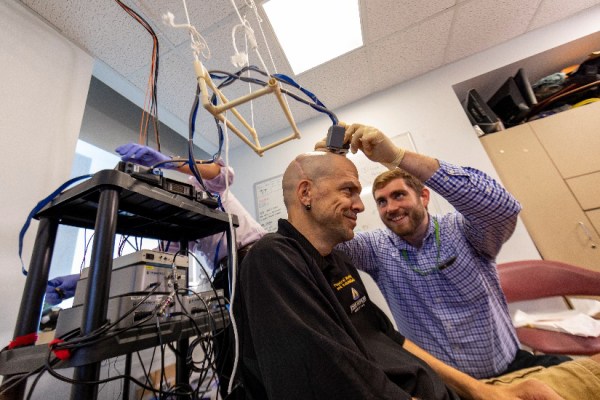At this point in time, one would be hard pressed to find anyone who is not at least aware of some of the uses of exoskeletons as they pertain to use by humans. From supporting people during rehabilitation, to ensuring that people working in industrial and warehouse settings do not overexert themselves, while also preventing injuries and increasing their ability to carry heavy loads without tiring.
During the recovery mission of the Chang’e 5 sample container in the rough terrain of Inner Mongolia, the crew which was tasked with setting up the communications center, electrical supply systems and other essential services in the area wore exoskeletons. Developed by a relatively new Chinese company called ULS Robotics (see embedded promotional video after the break), the powered exoskeletons allowed the crew to carry 50 kg loads at a time for a hundred meters across the rough, snowy terrain.
The obvious benefit of an exoskeleton here is that while humans are pretty good at navigating rough terrain, this ability quickly degrades the moment a heavy load is involved, as anyone who has done serious mountain trekking can probably attest to. By having the exoskeleton bear most of the load, the wearer can focus on staying upright and reaching the destination quickly and safely.
With the growing interest for exoskeletons from various industries, the military, as well as the elderly, it probably won’t be too long before we’ll be seeing more of them in daily life the coming years.
(Thanks, Qes)

















